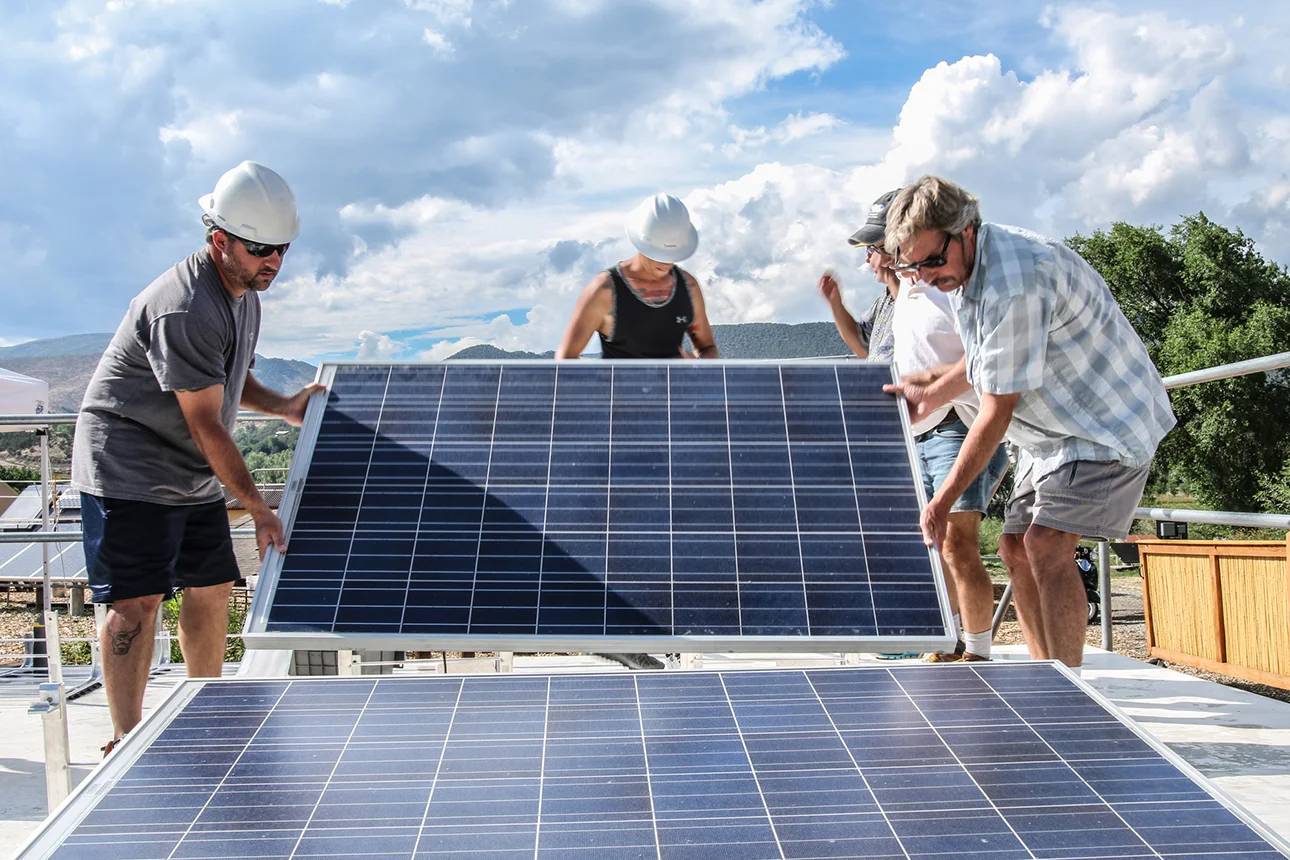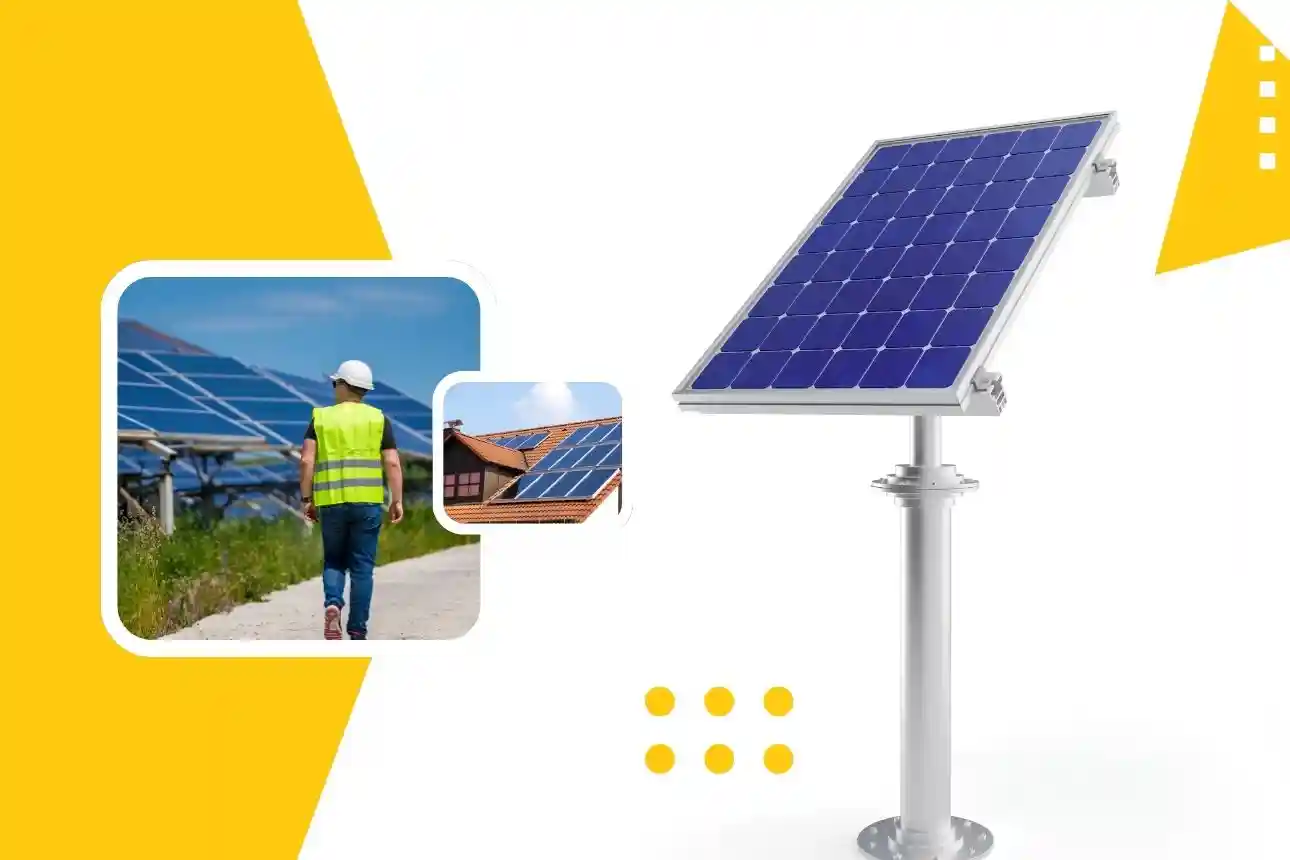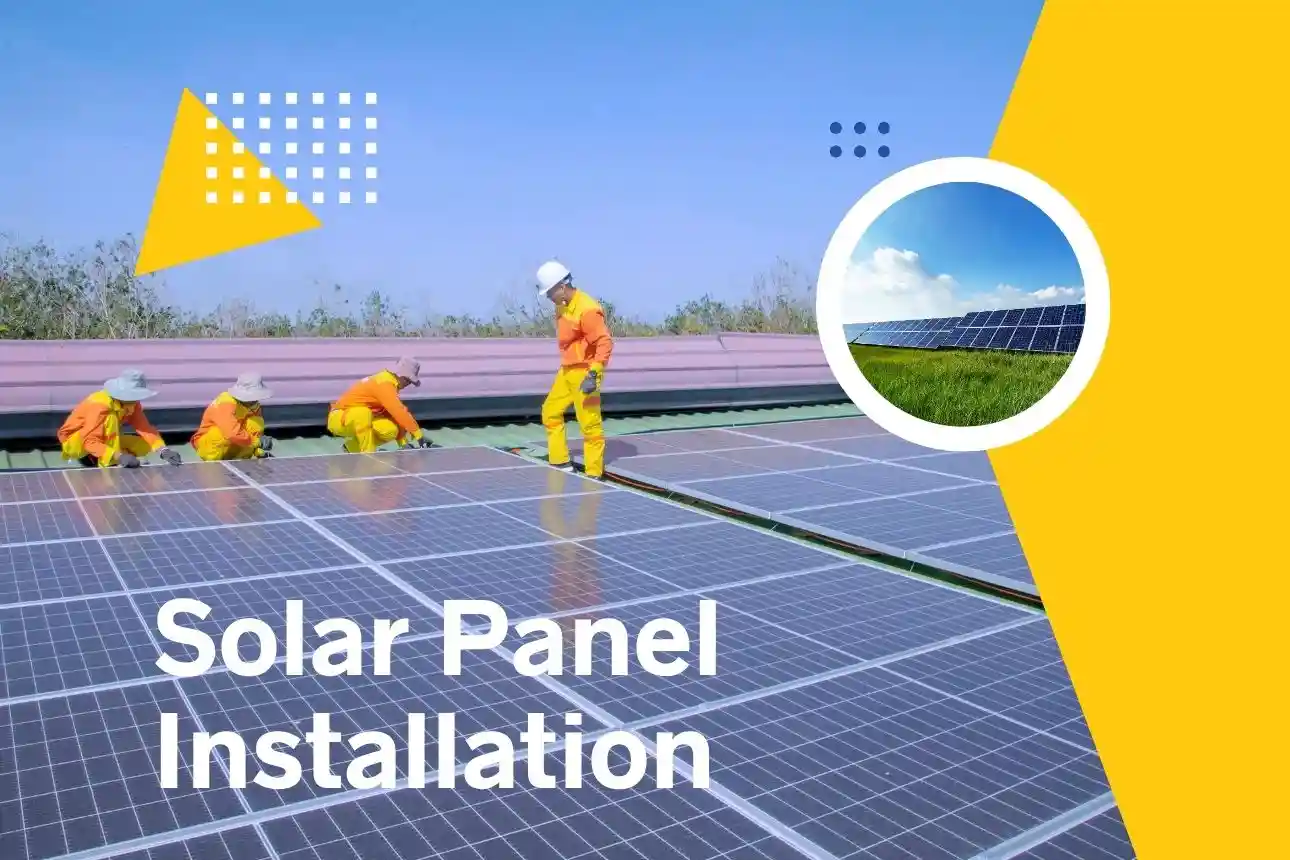
Solar Panel Installation in the UK: Complete Guide for Homeowners
If you want to install solar panels on your home, this guide gives you everything: cost, process, legal checks, and how to choose a firm. You will end the read knowing how to plan your solar energy project, avoid pitfalls, and make a confident decision to get solar panel grants.
Table of Contents
ToggleYou will learn:
- What steps the solar panel installation process involves
- How much it costs and what factors shift the price
- How to pick a reliable installer
- What grants or finance options exist
- What questions to ask before signing contracts
Actionable takeaway: before you request quotes, measure your roof area and gather your electricity bills for the past year. That evidence helps installers give precise proposals.
Why invest in residential solar panel installation
Most homeowners ask whether buying solar panels & installations are worth the investment. The answer is yes for many homes in the UK.
Benefits and payback
Installing solar panels helps reduce your electricity bills and hedge against rising energy costs. If your home uses electricity during daylight hours, more of your generation is consumed by your own home; unused electricity can be sold back to the grid.
A fully installed 4 kWp system (about 10–12 panels) typically costs between £5,500 and £7,000 in the UK today. With favourable usage, payback often falls between 8 and 12 years. After that, power from your panels is effectively free (excluding maintenance).
MoneySavingExpert shows you could recoup costs via lower bills and export payments under the Smart Export Guarantee.
Actionable takeaway: when comparing quotes, insist on a projected yearly generation and payback table by postcode.
How production changes by location
A roof in southern England will produce more than the same system in northern Scotland due to solar irradiance differences: tilt, orientation and shading matter more than panel brand in many cases.
If your roof faces east or west, you may lose 10–20 % output relative to due south. In roof sections shaded during parts of the day, your installer might split the installation or use microinverters or optimisers.
How does solar installation work
Knowing the installation of solar panels stages helps you monitor progress and spot issues.
Site survey and design
First, an installer visits and surveys your roof, structural integrity, shading, wiring routes and orientation. They design a layout, choose panel models, inverter type, and mounting equipment.
They will check whether your roof can bear the weight of panels and ensure any penetrations are watertight.
Structural & electrical installation process
Once you accept the design, the physical work begins:
- Scaffolding and safety setup
- Fixing mounting rails or frames to roof
- Placing and wiring the panels
- Connecting to inverter, cabling to consumer unit
- Earthing, surge protection, grid interface
This is the core install solar panels phase and depends on roof complexity. A simple roof often takes one day; more complex roofs or older structures can require two or more days.
If battery storage is included, the battery is installed and integrated into your system — this is solar panel and battery installation.
Commissioning and handover
Finally, the installer tests voltages, ensures protection and performance, and registers the system with relevant bodies (e.g. DNO, SEG). They hand over manuals, warranties, and monitoring access. At that point, your solar panel installed system should generate according to the forecast.
Actionable takeaway: ask your installer to walk you through checks and get a signed performance test on handover.
How much solar power panel installation costs
Homeowners often ask “How solar panel installation costs?” Here’s a breakdown. Before moving forward, explore more regarding solar panels costs uk.
Typical cost ranges in the UK
- A 3–4 kWp residential solar panel installation costs about £5,000 to £8,000 including installation.
- Some sites list higher ranges depending on battery inclusion.
- DIY installers estimating the installation of solar panels only (labour) might expect roughly £300 per installer per day.
An example: a 4 kWp system might cost £6,500 fully installed in many UK regions.
Factors that raise or lower cost
- Roof complexity, height, pitch, access
- Type of mounting hardware
- Quality of panels and inverter
- Cable runs and connection distance
- Structural reinforcement if needed
- Incorporating battery/hybrid setups
- Warranty length and certifications
If you’re installing solar panels on roof complicated roofs, expect 10–20 % premium for labour.
Actionable takeaway: always check the itemised quote to see which parts drive cost.
Choosing the right installer
To secure a good solar panels installation uk, the installer matters as much as hardware.
Accreditation, warranty, reviews
Look for:
- MCS certification (Microgeneration Certification Scheme)
- Membership of trade bodies (e.g. Solar Energy UK)
- Long product and performance warranties (25 years panel, 10+ inverter)
- Verified case studies and references
- Transparent pricing and written contracts
What questions to ask
- “How many installs have you done locally?”
- “Which panel and inverter brands do you use?”
- “What is your warranty and how is it handled?”
- “What happens if a panel fails?”
- “Can I see your accreditation?”
These due diligence steps help you avoid common installer failures in UK residential solar installation.
Grants, incentives and financing
Many homeowners exploring domestic solar panel installation worry about the upfront cost, some support exists.
Government support and export payments
While the old Feed-In Tariff (FiT) scheme closed in 2019, the Smart Export Guarantee (SEG) ensures suppliers pay for exported electricity. Energy Saving Trust offers a solar panel calculator tool to estimate savings.
In some cases low-income households with low EPC ratings may qualify for ECO4 or local schemes.
Zero-deposit plans and loans
Installers sometimes offer zero-deposit plans where you installing solar panels under financing agreements. You retain ownership while paying over time.
Some homeowners use home improvement loans or green energy loans. Always check that you own the system at term end.
Actionable takeaway: never sign finance without confirming you get full ownership of equipment at the end.

Common scenarios & challenges
Installing solar panels on roof types
- Pitched roofs: standard install.
- Flat roofs: require ballast or tilt frames; sometimes planning permission is needed.
- Shaded roofs or split orientation: installers may segment layout or use microinverters.
- Roof in poor condition: roof repair or strengthening might be needed before install.
Installation removal & reinstall
If you reroof or reroof sections, you might need solar panel removal and reinstall. This can cost ~£50–£100 per panel plus labour depending on access.
Battery & hybrid systems
If you want solar panel and battery installation, the battery is integrated with the inverter or hybrid controller. This increases cost but improves usage of your generated power at night.
Actionable takeaway: clarify whether your quote includes battery wiring, safety, and certification.
What happens after installation
Monitoring, maintenance, and warranty
Once your solar panel system installation is complete, your installer sets up monitoring (web or app) to measure output.
Panels require minimal upkeep—usually rain keeps them clean. In dustier areas, occasional washing helps. Warranty issues should be logged immediately.
Keep all documentation, datasheets, warranties and electrical certificates safe for future resale or claims.
FAQs
What is solar panel installation?
Solar panel installation is the process of mounting photovoltaic panels, wiring them to an inverter, and connecting to your home and grid so you can generate electricity.
How much does solar panels installation cost in the UK?
A typical 3–4 kWp installation ranges between £5,000 and £8,000 including all hardware and labour.
Can you install solar panels on a flat roof?
Yes, flat roofs need tilt frames or ballast systems. Planning restrictions may apply in certain zones.
Do you need planning permission for solar installations?
Most domestic installs benefit from permitted development rights, but you need approval in conservation areas or listed properties.
What warranties come with solar panel installations?
Typical warranties include 25 years for panels and 10–15 years for inverters. Some installation work also has warranty coverage.

